With advances in technology happening rapidly, the healthcare industry is essentially riding the wave of going ‘virtual’ worldwide. For the people living in the US, this is mainly considered a much-welcome change since most of the population is interested in acquiring remote care where they could meet with a professional online while staying in the vicinity of their humble abode.
In general, patients are drawn to the concept of healthcare services that come to them instead of the other way around. According to a recent report by Business Wire, it was found that in New York, when early hit cases of coronavirus emerged, an organization at the NYU reported an increase of 200 video visits in a year to over 12,000 in a week and over 36,000 in the first month.
Thus one could say that Tele-medicine was seen effectively morphing into the proposed idea if virtual healthcare delivery with CMS (Centers for Medicare & Medicaid Services), quickly mandating the payment for virtual visits.
In light of this information, let’s take a quick look at some of the technologies out there that boost this big change across the planet.
1. Artificial Intelligence
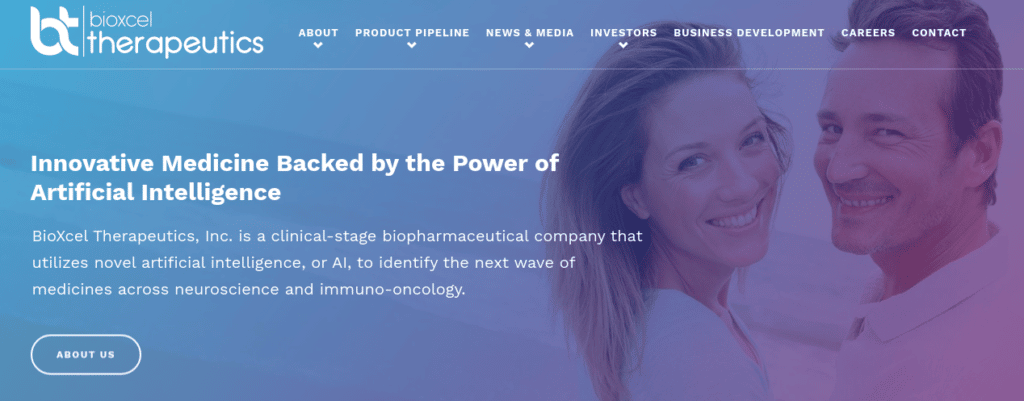
A lot can be said for AI and its various implications for various industries. However, when it comes to healthcare, there are some applications that are pretty straight forward. Artificial intelligence has a voracious capacity to go through humungous data sets and analyze them comprehensively to gather incredible insights.
Furthermore, with machine learning side-by-side, AI can acquire new knowledge, and help systems find ways to improve processes with time. It is like a living entity, the more time it spends crunching on numbers and traversing heap loads of information, the smarter it gets.
Some of the best uses of AI in the healthcare industry could be to reduce human error or misdiagnosis by increasing the accuracy of results of tests and the testing process itself that patients undergo during an examination.
Other applications can include integration with healthcare devices and wearable gadgets for patient symptom tracking as well as drug development and biopharmaceutical development. One fine example of this can be observed in the case of BioXcel Therapeutics that implements AI to identify and develop new medicine in the fields of immune-oncology and neuroscience.
Nevertheless, these are still simply just skimming the surface of AI’s actual potential for the healthcare industry as there is still a lot of room to play with this technology.
2. Augmented Reality
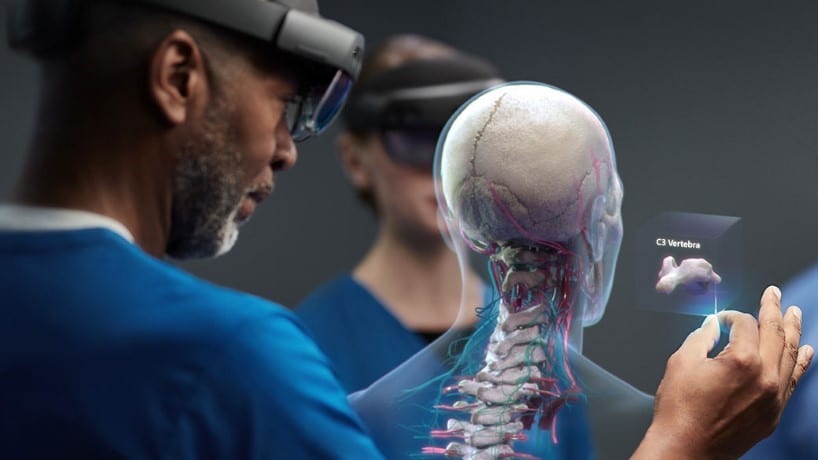
Ever since Augmented Reality became popular amongst a broader audience in the early 2000s through smartphone apps and a lot has been speculated as to where this technology can lead us. It wasn’t long before various establishments and institutions realized its capacity to improve healthcare services.
In current times we find many nurses and doctors interacting with patients through AR applications to improve outcomes and impart valuable information to educate patients. In fact, hospitals like Imperial College and St. Mary’s Hospital in London are already using Microsoft’s HoloLens AR glasses for reconstructive surgeries on patients that have suffered from severe injuries.
3. Genome Sequencing
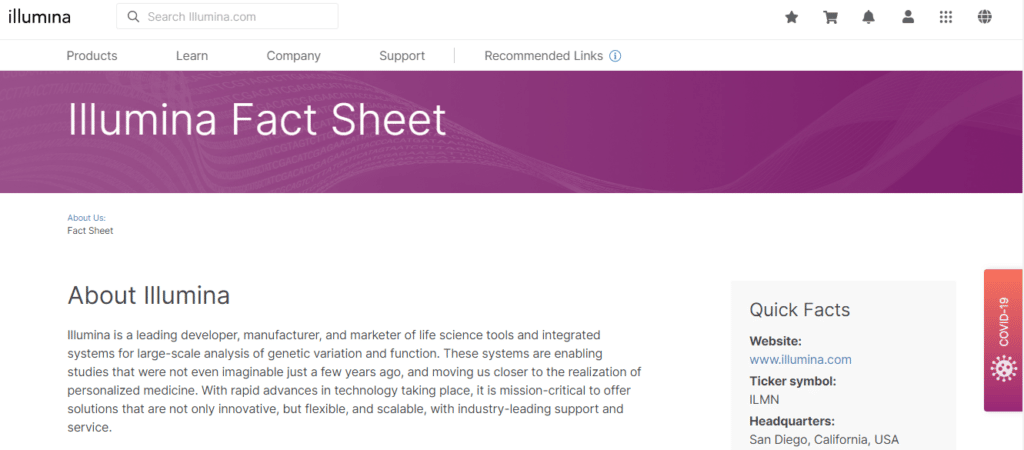
When it comes to the next generation of healthcare, genome sequencing is considered an area of healthcare that holds incredible possibilities to unlock the future. For those who don’t know, genome sequencing is the study of a living organism’s complete DNA sequence.
The process involves a technique known as electrophoresis to separate pieces of the DNA. So far, there are no known reports or records of complete genomes for any mammals or humans. However, this may very well change as private companies like Illumina, Knome, and Sequenom are already offering sequencing platforms that are commercial robust for further clinical use and medical research.
All patients would have to do is submit their samples (saliva) through a genome sequence package that can be sent directly to their homes. After mailing your sample (in a test-tube) to receiving your final results, the process at present can take as much as 2-3 months.
4. Health Trackers & Wearable Gadgets

The fitness and health trackers industry is on the rise, which is further fueled by the trend of wearing fashionable technology amongst the youth. These devices often include high-end activity-tracking features, along with interactive operating systems that are easy to use and configure.
With the Internet of Things becoming fairly common and shifting our current ecosystem, health consciousness among consumers will dominate market trends, thus providing a tremendous opportunity for growth in the fitness market for the near future.
As these devices become more widely used, steps could be taken to make them regulated, safer to use (protecting user’s privacy), and monitored by various healthcare institutions and establishments.
Thus if God forbid a patient is brought in unconscious, their devices can be integrated into the systems to know more details of what went down and what kind of injury they have sustained. However, that is just a vague example. There is still a lot more these devices can accomplish, including lifetime medical insurance and health coverage options. Thus these devices can be used to record and report a patient’s entire medical history.
5. Revolutionizing Drug Development

Emerging technologies, along with assay, are shaping the future of drug development. Assay, an investigative procedure involving testing of metals and ores in laboratories, is used by environmental biology, medicine, and pharmacology. This is due to the fact that traditional drug discovery methods are considered too time-consuming.
This why automation and computer-assisted drug design are being utilized to produce high throughput screening campaigns. Today we are observing mind-boggling advances in microscopy and cellular models.
We also have machine learning where rules-based systems can be programmed, to see more than what humans can in a short amount of time. ML will streamline the process of finding and developing new drugs.
6. Medical Tricorder
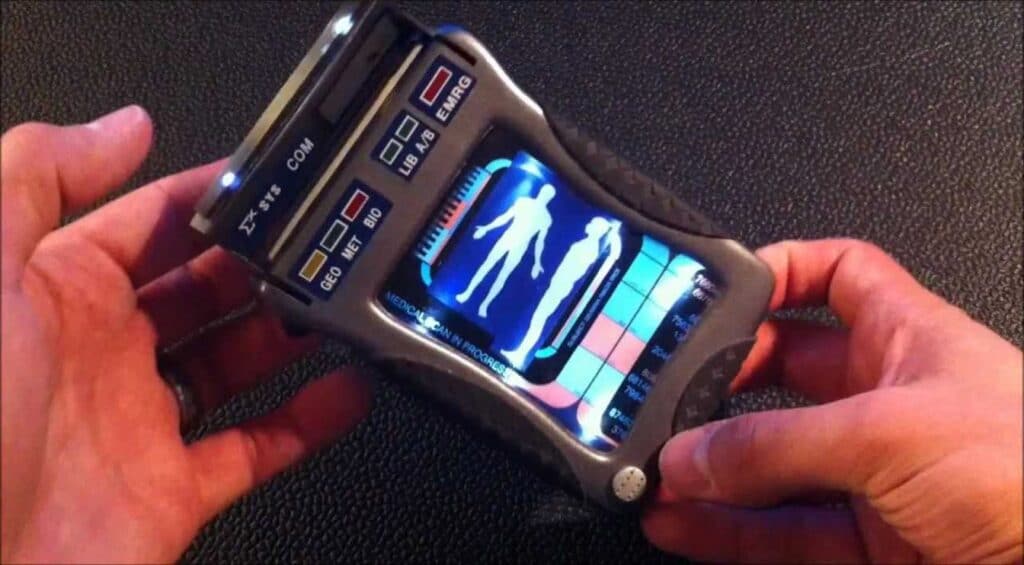
This may be a far-fetched idea for some, but those who remembered the TV show Star Trek are familiar with the term ‘tricorder.’ These handheld devices were a specialized version of the standard Starfleet gadget that was equipped with sensors and analysis software tailored for medical diagnostic purposes.
The thing which makes a medical tricorder huge is that not only is it portable, but it could be essentially used as a scanning device by consumers to implement self-diagnosis of various medical conditions within seconds.
While there are no known products of this nature available for the masses as of yet, however reports have recently started to come about scientists and major investors joining hands to produce a general-purpose tool with similar functionality.
7. Nanotechnology

Considered by skeptics as a viable method of delivering drugs in medicine, nanotechnology is concerned with the research and innovation regarding building things on the scale of atoms and molecules.
While nanotechnology’s potential is huge, taking into account the fact that it will make medical applications cheaper and easier to use, there is still a lot to do so far both in Nano-medicine and Nano-biotechnology fields to be done.
Some nanotechnology-based drugs such as Abraxane, Doxil, and Rapamune are already approved by the FDA and are used to treat cancer and organ rejection related diseases. Likewise, funding is currently being made to research the development of Nano-robots that could not only treat symptoms, find cures, but also regenerate biological tissues.
The most popular proposal is that of artificially created proteins that may become available for manufacturing in the future. These proteins will then be inserted into the patient’s body to treat the biological systems from within.
8. Self-Diagnosis Devices
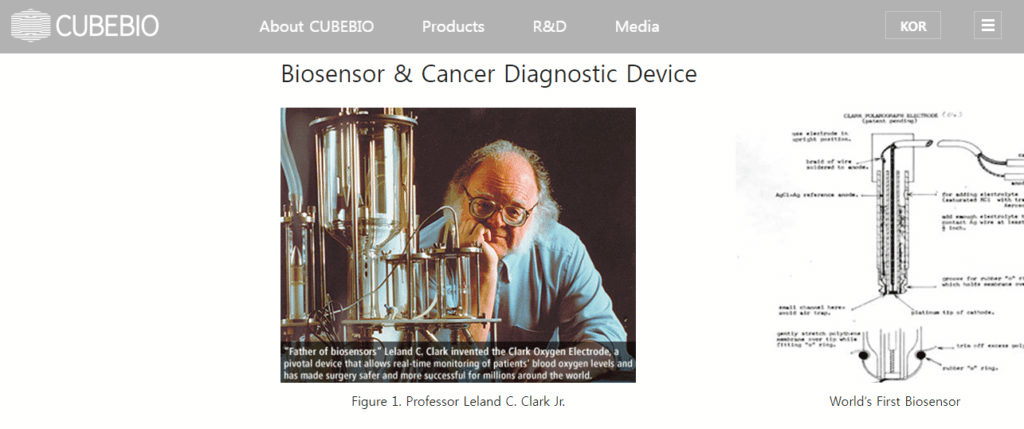
Another attractive outlook that is boosting the healthcare industry’s future to go virtual is the development of self-diagnosis devices. Currently, we have self-diagnosis devices for diabetes patients that can check their blood sugar levels through an easy to follow and administer method.
However, we want to see more of these devices to emerge, which will allow patients, users, or general people to conduct a diagnosis on themselves without having the need to leave their homes and conduct tests with the help of a laboratory.
A prominent example of a working self-diagnostic device is that of CUBEBIO’s cancer self-diagnostic device that consists of an analyzer and sensor that generates results based on a urine sample. In the future, we might see the emergence of various self-diagnostic devices that will allow patients to conduct a diagnosis without leaving their homes’ comfort.
9. Self-Service Options

While it certainly doesn’t mean that patients are simply going rampant about picking medical equipment and operating on themselves, self-service is indeed becoming increasingly popular. Self-service allows patients to simply check into a hospital and without the need for administrative staff, can register and file for billing in a faster and more streamlined process.
This would drastically reduce patient waiting time or any confusion in appointments, such as it will allow people to access information directly through an integrated system.
10. Virtual Healthcare Assistants

What do you get when you combine AI-empowered chatbot with a professional doctor? That’s right, a virtual healthcare assistant! One of the most recent examples of this is ‘Clara,’ an official chatbot for CDC (Centers for Disease Control and Prevention) launched during the COVID-19 outburst this year.
CDC used Microsoft’s Healthcare Bot service to offer Americans help regarding the screening process and for those who were unsure regarding the acquisition of medical care in the wake of the coronavirus pandemic.
However, it would be unfair to state that this is the only example in present times where we see virtual healthcare assistants performing their duty. Companies like MedRespond, Next IT Corp, Nuance Communications Inc., and Welltok® are some of the big players that are actively engaged when it comes to offering virtual healthcare assistant technology in the market.
11. Virtual Reality

Lastly, who can deny that virtual reality itself is responsible for imbuing people with the idea of virtual healthcare in the first place?
Along with the help of AR, VR can be combined to form MR, which is a Mixed Reality that can further boost implications for medical research, testing, and diagnosis for patients. VR and smartphone applications have become inseparable in the past few years. This is why there is a lot of space to explore how VR can create an impact on the healthcare industry.
At present, we have various applications such as Bard VR, Brain in 3D, and InCell VR, to name a few, that allow users to explore health and medicine through a world based on virtual reality. Even students nowadays who acquire coursework writing service are using VR apps to learn new things through such smartphone apps.
Conclusion
The future of healthcare is hopeful as there are a lot of initiatives being taken today to provide unprecedented conveniences and facilitation for customers through progressive technologies. There is simply no telling as to how far technology can take us to tackle ailments, diseases, and combating deadly viruses.
However, the demand for improved services is undying, and most of us wish that these improvements are made as soon as possible. So keeping fingers crossed, here is a CHEER to your good health and wellbeing till next time!
Author Bio
Melissa Calvert currently works as a Tech Business Analyst and Content Curator at Crowd Writer UK, a reliable platform to acquire academic assistance from top-rated professionals. She likes to play melodies on the piano for family members and loved ones during her free time.
Is Psychotherapy Techniques Can Impact Your health virtual reality or this technique will be helpful in the future? Read an article about it.
